Solanum xanti, Purple Nightshade
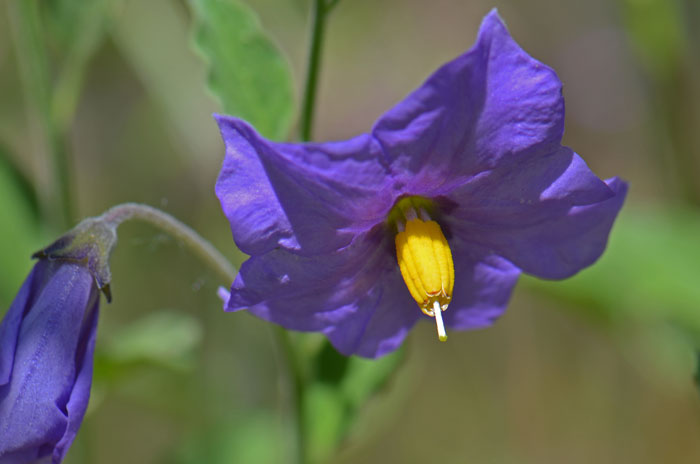
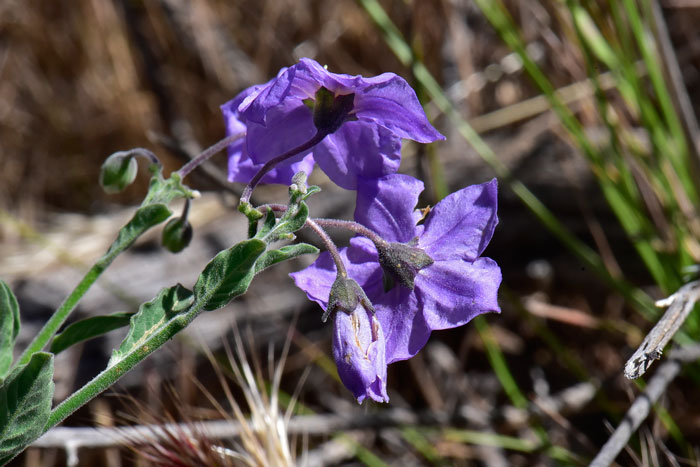
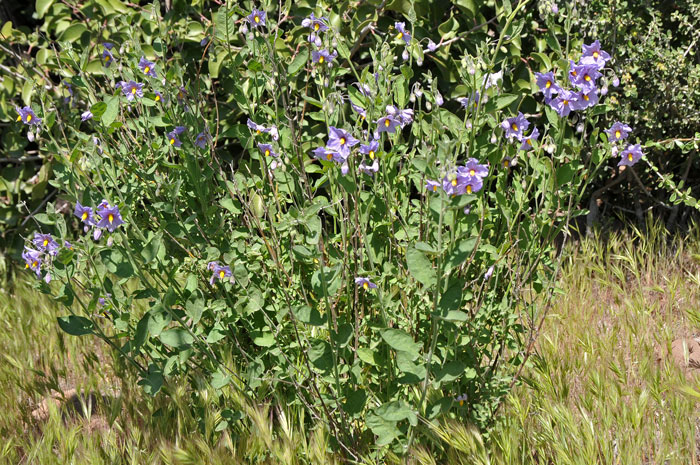
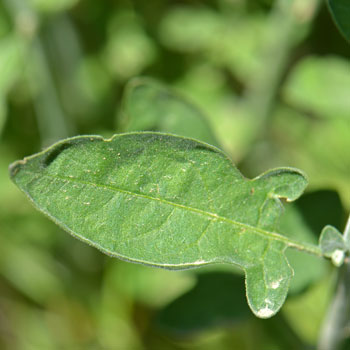
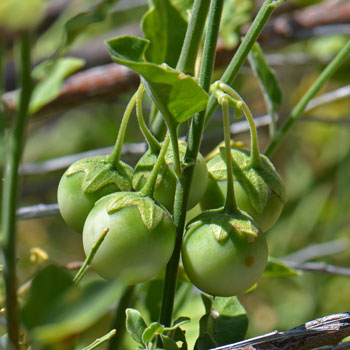
Scientific Name: Solanum xanti
Common Name: Purple Nightshade
Also Called: Chaparral Nightshade, Purple Nightshade, San Diego Nightshade
Family: Solanaceae, Nightshade or Potato Family
Synonyms: (Solanum xanthi)
Status: Native
Duration: Perennial
Size: Up to 3 feet more or less.
Growth Form: Forb/herb, subshrub; plants becoming woody at base; plants puberulent or soft-pilose; herbage not spiny; plants much branched; plants observed growing upward in adjacent vegetation and in fences.
Leaves: Green, dark green; shape variable, ovate to oblong-lanceolate; margins entire to undulate, sometimes auriculate at base.
Flower Color: Violet, dark blue, lavender, lilac purple, rarely white; flowers showy, corolla about an inch wide; fruit a berry.
Flowering Season: April to November in Arizona; February to June in California.
Elevation: 3,500 to 5,500 feet; up to 4,000 feet in California.
Habitat Preferences: Rocky slopes, rocky or clay soils; usually in chaparral, oak woodlands, conifer forests and desert Madrean Sky Islands.
Recorded Range: Solanum xanti is relatively rare in the United States where it is found in Arizona and California and possible Oregon. It is also native to Baja California. In Arizona it is found in the northwest ⅔ of the state and in Graham and Maricopa counties.
North America & US County Distribution Map for Solanum xanti.
U.S. Weed Information: No information available.
Invasive/Noxious Weed Information: No information available.
Wetland Indicator: No information available.
Threatened/Endangered Information: No information available. Genus Information: In North America there are 104 species and 131 accepted taxa overall for Solanum. World wide, The Plant List includes 1,199 accepted species names and includes a further 454 infraspecific rank for the genus.
In the Southwestern United States, Arizona there are 18 species of Solanum, in California there are 30 species, Nevada has 8 species, New Mexico has 16 species, Texas has 27 species, Utah has 11 species. All data is approximate and subject to taxonomic changes.
Comments: Solanum xanti is a toxic plant and all parts are poisonous to humans and livestock.
In Southwest Desert Flora also see: American Black Nightshade, Solanum americanum, Silverleaf Nightshade, Solanum elaeagnifolium, Fendler's Horsenettle, Solanum fendleri, Hinds Nightshade, Solanum hindsianum, Melon Leaf Nightshade, Solanum heterodoxum, and Buffalobur Nightshade, Solanum rostratum.

